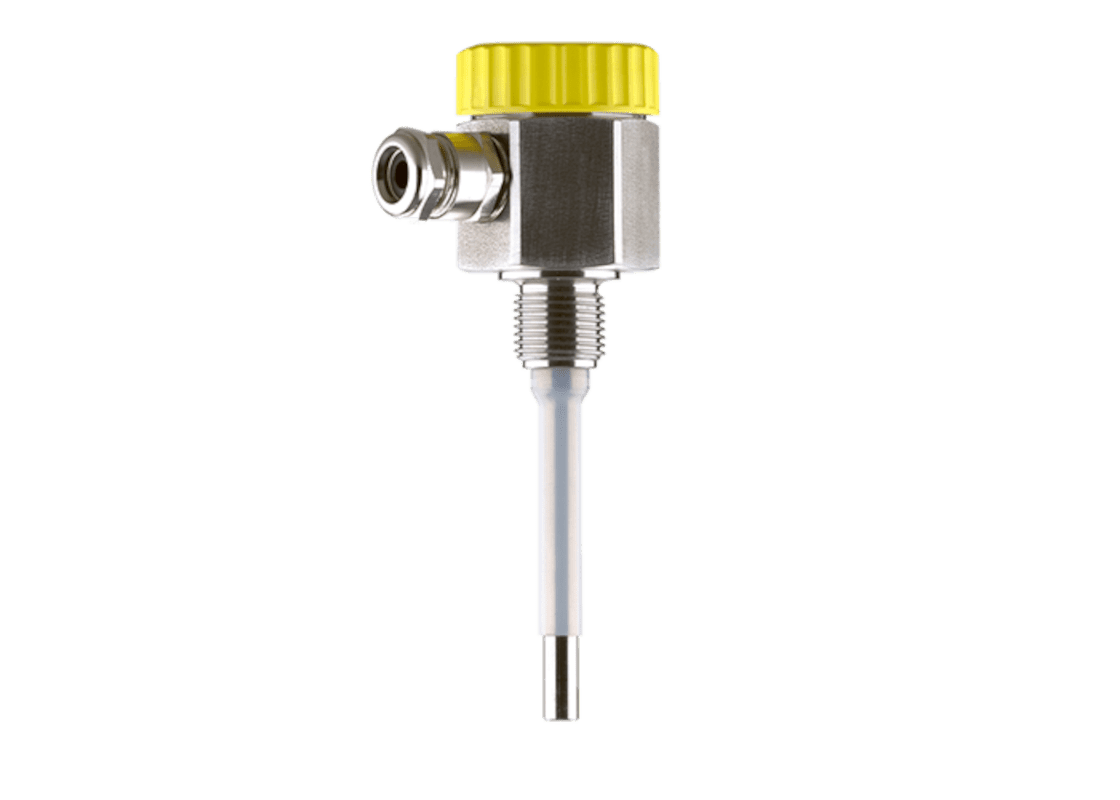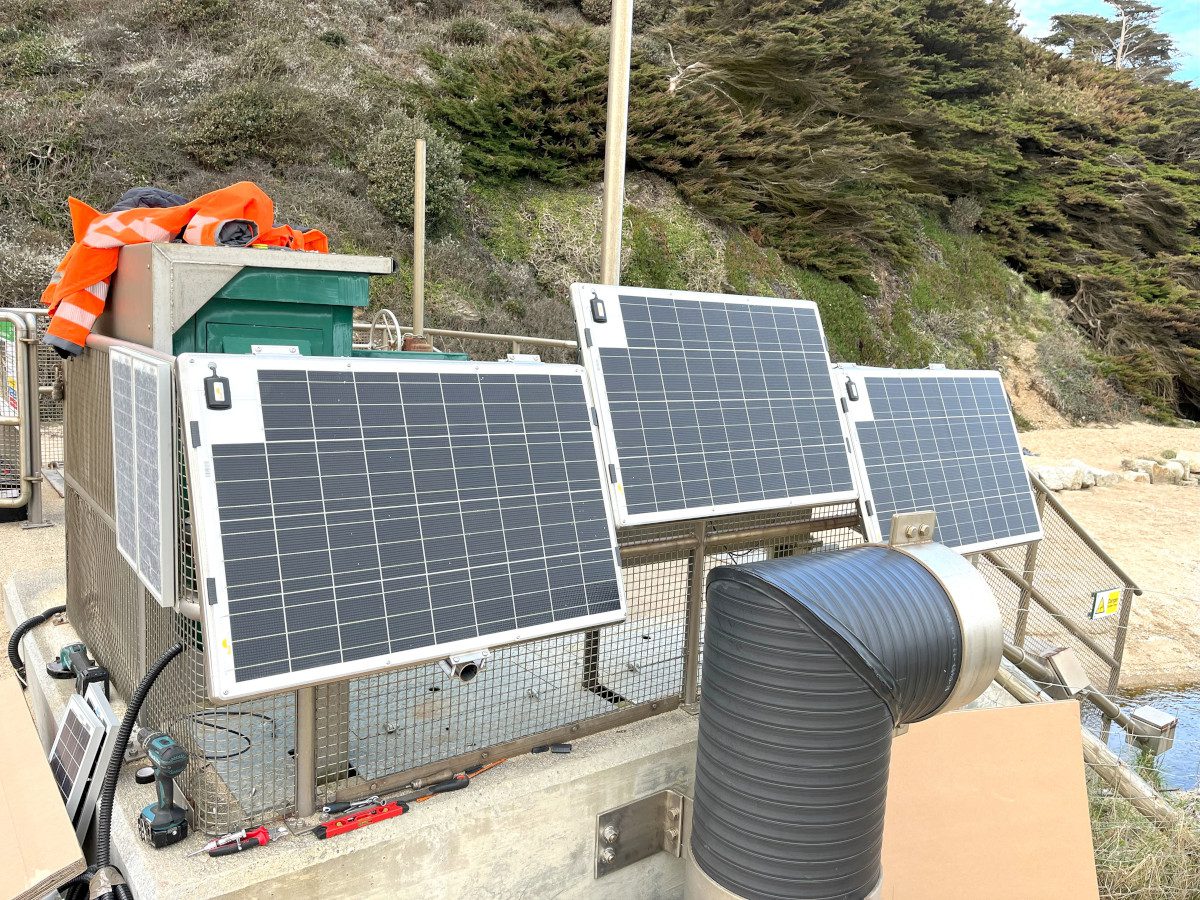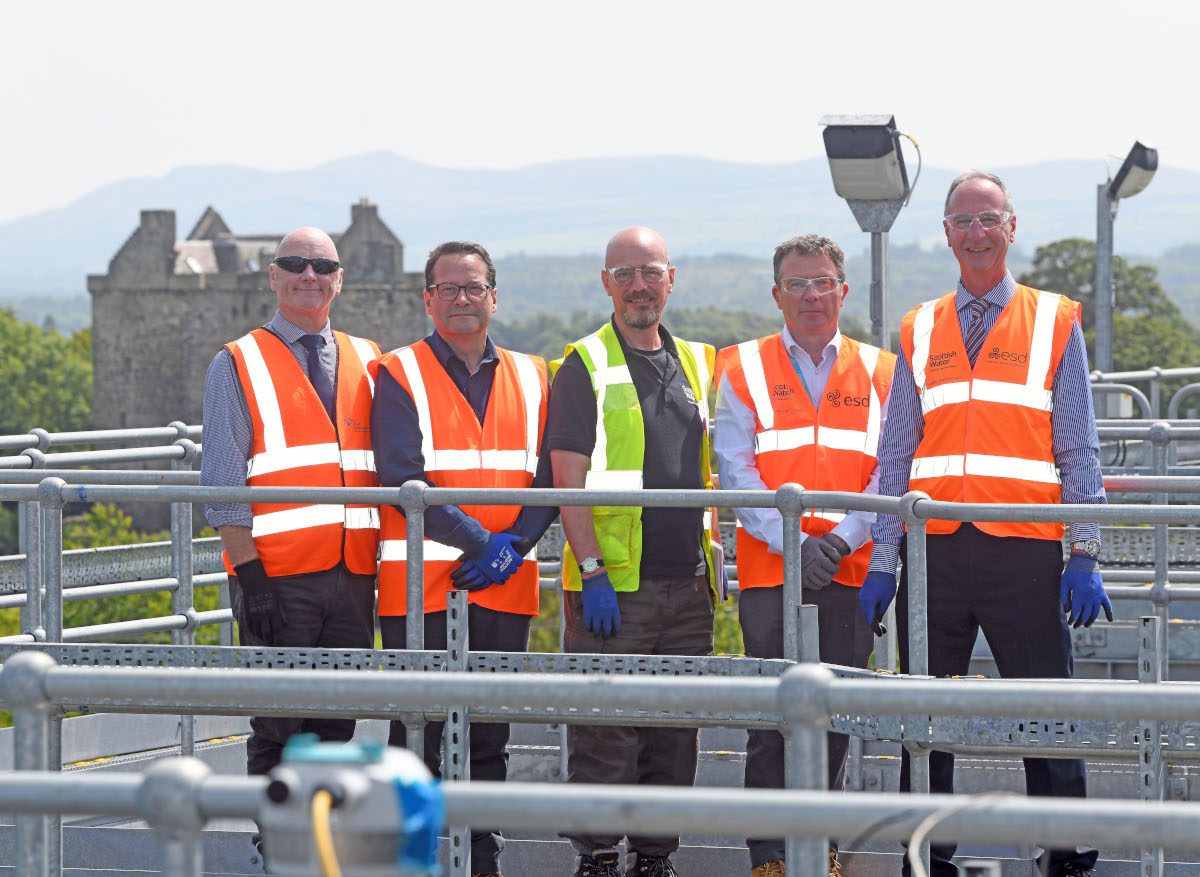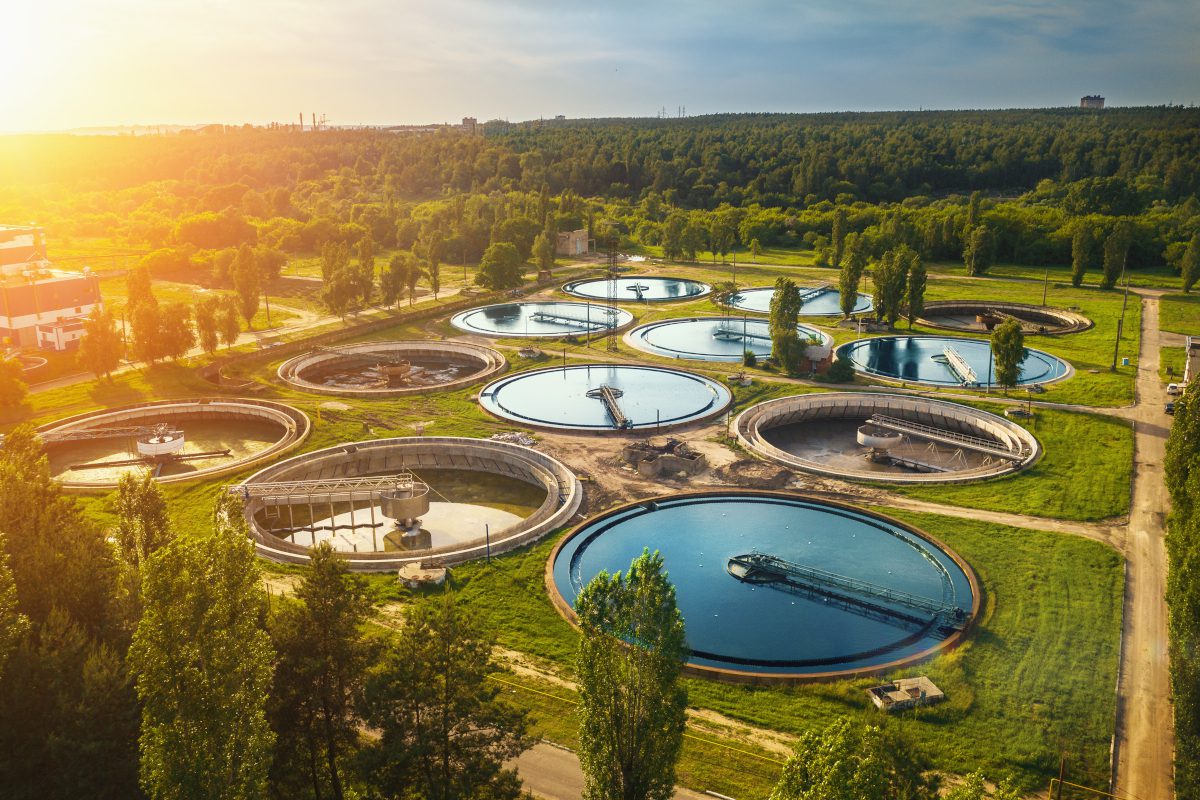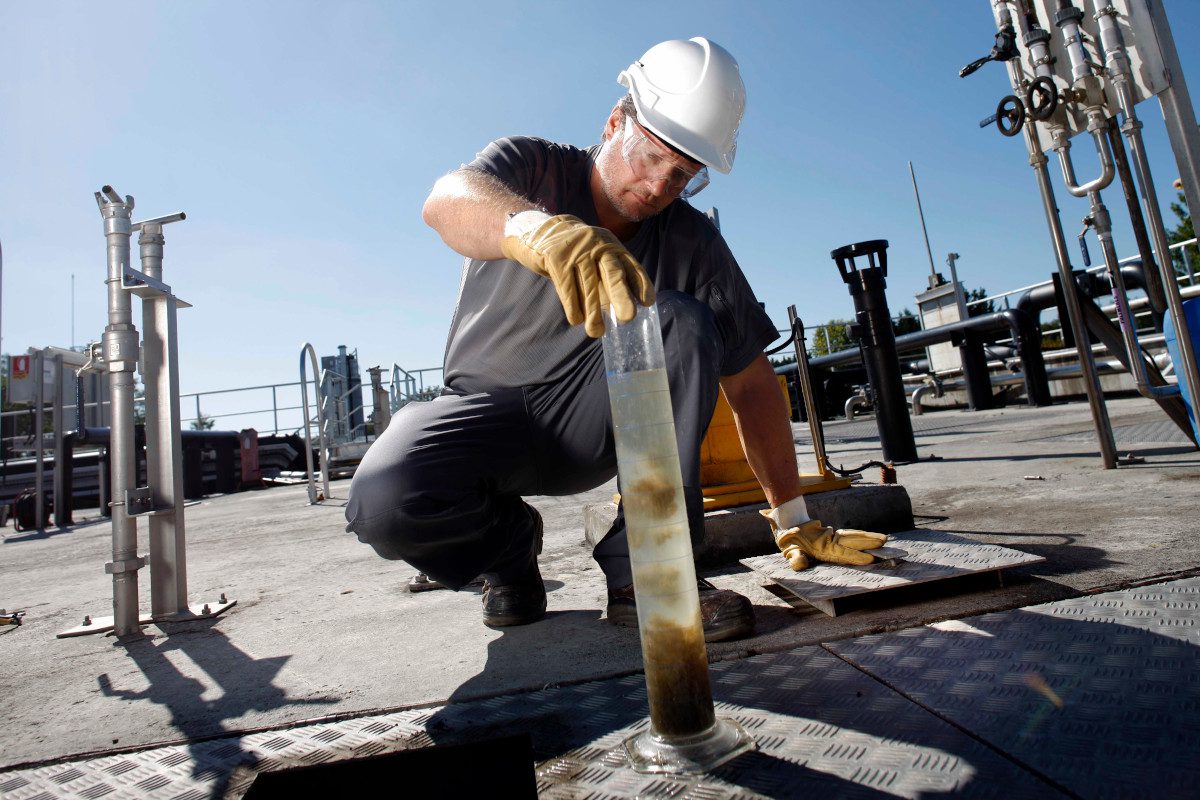
Veolia Water Technologies says the firm’s organic coagulant has helped to optimise the Effluent Treatment Plant (ETP) at a large scale pet food production facility in the Northwest. By switching to Hydrex 62930 the facility is estimated to make a cost saving of over £65K p/a on chemicals for the ETP, says Veolia, combined with reduced chemical handling and a safer low-hazard product.
The ETP at production facility relies on a Dissolved Air Flotation (DAF) unit to process the site’s effluent. The treated water then goes through a biological process before discharge to the local river. Until recently, a combination of Poly Aluminium Chloride (PAC) with caustic soda as a pH corrector had been used with the DAF unit, to process the effluent and remove the suspended solids from the cooking processes.
Brian Jones, Business Development Manager at Veolia Water Technologies approached the site and carried out jar testing using the company’s alternative organic coagulant Hydrex 62930.
The results were very encouraging and Brian advised the customer on the continued use of Hydrex 62930 organic plant-based coagulant to replace the PAC and caustic soda. The current chemistry was becoming increasingly expensive due to supply issues and energy price rises.
Alternatively, the Hydrex 62930 could provide excellent coagulation with a smaller dose rate compared to PAC. This meant it could reduce the plant’s annual consumption of coagulant by 87% along with reduced sludge disposal volumes and caustic soda usage.
Thanks to the optimised chemistry of Hydrex 62930, pH correction was also not required. Thus, making further chemical savings and reducing the need to transport and handle hazardous chemicals around the site.


Furthermore, thanks to the enhanced flocculation provided by Hydrex 62930, Veolia Water Technologies was able to ensure the continued functionality of the DAF unit despite the customer’s expansion plans. As a result, the optimised DAF unit will be able to cope with greater volumes of water generated by the expansion than it would have previously. The simple switch in chemistry has also meant that the unit does not need to be replaced in order to keep up with potential future demand.
A representative of the pet food manufacturer commented: “Brian was great to work with and was able to reassure us at every stage of the process that the new chemical solutions could provide the benefits we needed without the hassle of the extra monitoring. I would definitely recommend Veolia Water Technologies for its products and its team.”
To learn more about the potential benefits of changing your chemical supplier, visit: www.veoliawatertechnologies.co.uk.



